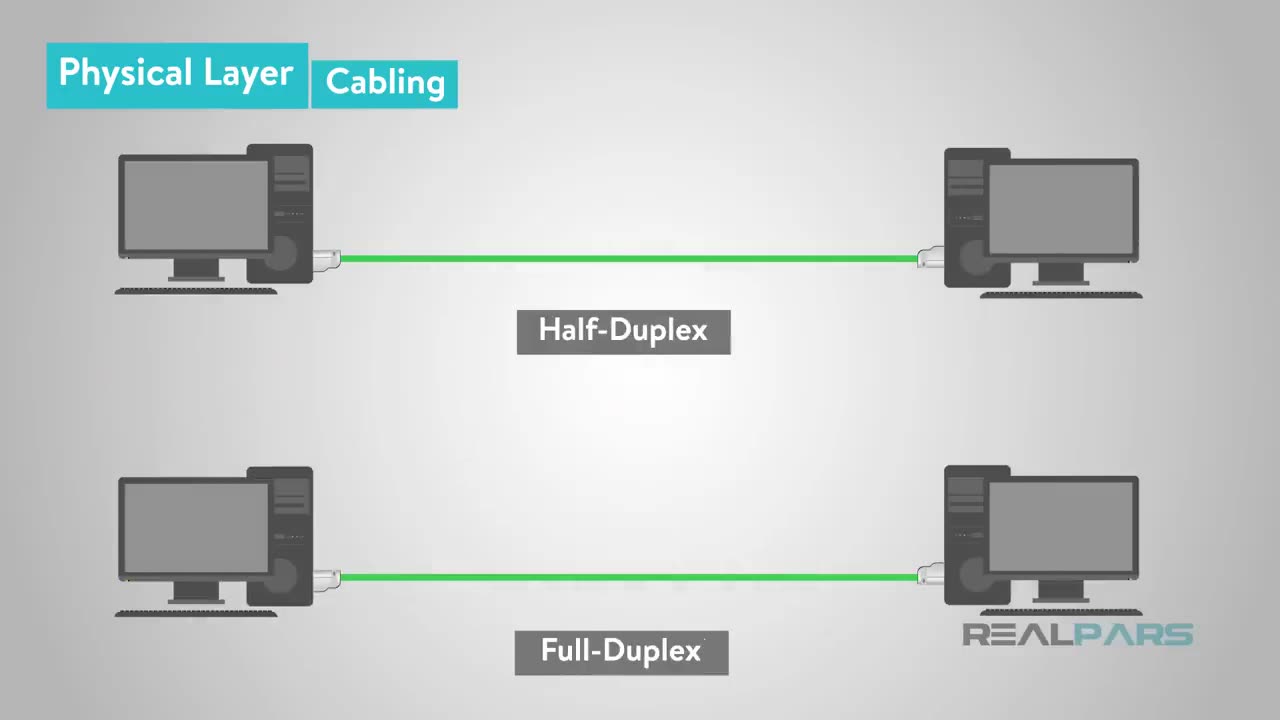Premium Only Content

What is Ethernet?
Have you heard of IEEE 802.3? It has a long history and has to do with our topic today, Ethernet.
Ethernet is a communication standard that was developed in the early ’80s to network computers and other devices in a local environment such as a home or a building.
This local environment is defined as a LAN (Local Area Network) and it connects multiple devices so that they can create, store and share information with others in the location.
Ethernet is a wired system that started with using coaxial cable and has successfully progressed to now using twisted pair copper wiring and fiber optic wiring.
Let’s break for a trivia question. Who invented twisted pair wiring?
Alexander Graham Bell invented twisted pair wiring in 1881.
In 1983, Ethernet was standardized into the standard IEEE 802.3 by the Institute of Electrical and Electronic Engineers (IEEE).
This standard defined the physical layer and the MAC (media access control) portion of the data link layer of wired Ethernet.
These two layers are defined as the first two layers in the OSI (Open Systems Interconnection) model
The “physical” layer consists of the following components: Cabling and Devices.
First, let’s take a look at Ethernet Cabling;
As stated previously, Ethernet cables come as coaxial cable, which is not very common except in older installations, twisted pair, and fiber optic.
The most common cable is twisted pair cables, with the latest being Category 6 with speeds up to 1 Gbps and Cat6a and Cat 7 with speeds up to 10 Gbps.
Category 5 and 5e cables are both still used in many existing applications but handle the lower speeds between 10 Mbps to 100 Mbps but are more susceptible to noise.
The Ethernet twisted pair utilizes RJ-45 eight-pin connectors at either end of the cable that is pinned for transmitting and receiving data in either half or full-duplex mode.
-
 LIVE
LIVE
The Original Next Level Gaming
6 hours agoNLG Thursday Night at the Arcade!
224 watching -
 2:13:00
2:13:00
Robert Gouveia
7 hours agoTrump Appeals to SUPREME COURT! Shutdown Threat BACKFIRES! Judges Go CRAZY!
67.3K13 -
 6:43:58
6:43:58
MyronGainesX
18 hours ago $2.07 earnedTucker v Shapiro v Stephen A And Michelle Obama Podcast FAILURE!
75.2K21 -
 LIVE
LIVE
SoundBoardLord
4 hours agoNOT MY KID NOT MY PROBLEM! Thriller Thursday
605 watching -
 7:08:45
7:08:45
Dabkillah
9 hours ago🔴LIVE-DABKILLAH-FORTNITE-KICKASS AND TAKING NAMES
48.7K4 -
 1:03:57
1:03:57
Slightly Offensive
8 hours ago $0.17 earnedHow Ye's DE*TH CON 3 Moment Almost DESTROYED Shane's Career | Almost Serious Clips
32.8K5 -
 1:16:33
1:16:33
Donald Trump Jr.
6 hours agoMy Visit to Serbia & Conversation with President Vucic | Triggered Ep224
148K117 -
 45:26
45:26
BonginoReport
7 hours agoThe Astronauts Are Finally Coming Home? (Ep.04) - 03/13/2025
107K161 -
 1:00:47
1:00:47
Candace Show Podcast
7 hours agoI’m “Just Asking Questions” About The Daily Wire | Candace Ep 159
118K418 -
 55:02
55:02
LFA TV
1 day agoWill a Remilitarized Germany Bring Peace? | TRUMPET DAILY 3.13.25 7PM
35.2K4